Hydroponics, or growing plants without soil, has become one of the most popular ways to grow your own food. However, there are some common problems that can arise in even the best systems. In this blog post, we will provide information on how to diagnose and troubleshoot common problems associated with hydroponics.
So, if you start seeing any problems associated with hydroponics, you first need to determine if the problems are due to nutrients or not!
Checking a few points, as shown in the figure below, will help you know whether or not the problems associated with hydroponics are nutrient-related!
.jpg)
Let's start digging into common problems associated with hydroponics! Let's first start with the nutrient issue!
If your answer to these questions is 'Yes' and you are still seeing problems with your plants, then you will likely have issues relating to nutrients.
This blog post will discuss 18 common problems associated with hydroponics and how to resolve them!
1. How To Fix Nutrient Lockout?
Nutrient Lockout is one of the most common problems associated with hydroponics. It occurs when all the important macro and micronutrients are present in your hydroponic medium, but still, the plant cannot absorb these nutrients. This usually happens when the pH levels are too high or low than the crop target range due to nutrient build-up in the system or if your media is saturated. If this happens, you'll see early warning signs like leaf yellowing and curling, weak plants, and sometimes stunted growth.
Solution:
- Regularly monitor your pH and make sure it is in the proper range.
- Also, regularly change out your nutrient medium and clean the system to eliminate the excess salt build-up in your system.
.jpg)
2. What Are Nutrient Deficiencies in Hydroponic Plants?
Low nutrient levels result from insufficient nutrients or too much salt build-up in your hydroponic system, leading to low yield and stunted plant growth.
Solution:
- Re-circulate water with CO² gas for better mixing; Add extra fertilizer (following instructions) into the reservoir when needed but don't overdo it.
- Try changing out old nutrients for new fresh ones every few months; this should solve any problems related to low nutrient levels.
- If you're still having trouble, then try adjusting pH levels! You'll want it between pH: 5 & 6.5, and if possible, get rid of excess CO2 that is building up from too much light exposure!
3. Tip Burn And Calcium Deficiency
The most common problem growers have with their plants is tip burn.
This is characterized by a dark brown or blackish-looking scorching on new growth and is caused mainly due to calcium deficiency.
In some instances, although enough calcium is present in the nutrient, the plants struggle to absorb it from their growing mediums. In such cases, reducing the amount of Nitrogen is helpful.
Solution:
- The most common solution for a tip burn is to provide a calcium supplement. Knowing when to supplement a plant is important because too much calcium can cause other complications.
4. Magnesium Deficiency
Magnesium deficiency can be caused by low levels of magnesium in the medium.
Magnesium deficiency usually causes interveinal chlorosis and Necrosis in the leaf tips.
Solution:
- The solution is to add magnesium sulfate (Epsom salt) to the nutrient solution.
5. Chlorosis and Necrosis
The leaves of a plant are the primary means by which it absorbs light, water, and nutrients.
If these tissues do not have enough chlorophyll, they will turn white or yellowish (chlorosis). The tissue may also die together to form brown patches known as Necrosis.
Chlorosis and Necrosis may happen due to pest/microbe attack or nutrient deficiency.
Interveinal Chlorosis on New Growth
If the leaves of the plants turn yellowish and the veins remain green - that's called interveinal chlorosis. This is a common problem with many plants and is mostly caused due to deficiency of micronutrients such as iron in hydroponics. High pH can often lead to iron deficiency.
Solution:
- Adjust the pH to normal and supplement iron to the nutrient solution if necessary.
6. Fungus Gnats
Fungus gnats generally look like mosquitoes and feed on the roots of plants.
While the adult fungus gnats don't cause problems, their larvae can cause real crop problems.
The larvae gnaw on the roots of plants, often creating wounds, and providing entry points for other pathogens.
Solution:
- Get rid of the algal growth in your hydroponic system.
- Also, try using neem oil because its natural properties kill insects.
- Applying other organic pesticides, such as azadirachtin and pyrethrin, may be beneficial.
Read more about hydroponic pest control.
7. Shore Flies
Shore flies are much less destructive than Fungus gnats and look more like fruit flies than mosquitoes.
Solution:
- Keep your system clean and free of debris that may harbor shore flies.
- Use a dry trap to capture these insects.
- The best solution for this problem is prevention, but if you spot an infestation after it's too late, shore flies can be controlled with insecticides such as pyrethrin.
- Shore flies are attracted to light, so make sure that any lights on your system aren't attracting them.
8. Spider Mites
Spider mites are a common problem in hydroponics and greenhouses. The two-spotted spider mite is one of the most common garden pests.
They feed by piercing the plant's leaves with their mouthparts, causing damage to cells that can lead to stunted growth or even death of your crops!
Spider mites can be seen on flowering plants like tomatoes, eggplants, cucumbers, and strawberries as a dull speckled appearance on the top surface of leaves; it progresses to leaf chlorosis and eventually results in leaf drop when bad infestations occur.
Often these are found near upper surfaces, so it's important to have pesticides that will protect both upper and lower portions of leaves too!
Spider Mites love dry weather conditions and grow well on fertilized crops - if you see webbing around your plant's edges, there could be an infestation nearby!
.jpg)
If you suspect an infestation, look closely under the leaf undersides where eggs are laid. Eggs are usually yellowish or brown and look like tiny grains of rice-they're hard to see, but if you have a magnifying glass handy, it will help!
Solution:
- Spider mites thrive at higher temperatures, so we must keep them in, check-especially when your hydroponic system is hot from high light intensity, such as during the summer months.
- The heat will cause spider mite populations to grow exponentially while insects like thrips die off due to heat stress.
- Predatory insects can be very effective when used preventively.
- The predatory mites Phytoseiulus persimilis and Amblyseius fallacies are commonly used, but insecticidal soaps and Neem oil also help control populations of this pest.
- When using an insecticide on spider mites, always do two applications about 5 to 7 days apart to ensure complete eradication. The eggs may not respond as well as in adult stages, and thus spacing out treatments is important for best results!
Read more on "9 Ways To Fight Spider Mites Naturally."
9. Thrips
Thrips are a common pest in hydroponic systems. Thrips are small, thin insects that suck the sap from plant leaves. They're hard to see because they move quickly & often hide on leaf undersides or between bud clusters.
Solution:
- The most effective way of controlling thrips is by using physical barriers like screens.
- Biological controls, including predatory mites-these feed off other pests while avoiding your crops
- And chemical control measures when necessary!
- Thrips can be controlled with insecticides such as pyrethrin and spinosad.
10. Aphids
Aphids are a common pest in hydroponic systems and can lead to other pests such as ants, whiteflies, mealybugs, or scale insects, which all feed on plant sap for food.
Aphids are often responsible for transmitting various viruses within plants.
.jpg)
Solution:
- They can be controlled with insecticides such as pyrethrin or insecticidal soaps.
- Aphids can also be controlled by introducing biocontrols such as ladybugs to the system.
Read more about hydroponic pest control.
11. Lack of Proper Aeration
Sometimes there is a lack of dissolved oxygen in the system, leading to anaerobic bacteria growth and algae blooms. This may lead to several problems.
Solution:
- Try adding more aeration devices such as airstones and air pumps (this will help keep your plants healthy).
12. Too Much Light
Too much light can cause the seedling to dry out. A common mistake is putting a grow lamp too close or forgetting that plants need darkness at night.
.jpg)
Solution:
- This problem should be solved by moving your plant away from direct light during the day & turning off lights before bedtime.
- Another solution would be adding more shade cloth over the top of your seedlings so they don't get burned in strong sun or light exposure.
13. Poor Air Circulation
Poor air circulation could be caused by too many plants in one area, lack of ventilation, or poor fan placement.
Solution:
- Make sure you use some fans to improve ventilation, especially if your crops are big.
- If you have enough room and good airflow, try removing some leaves from your overgrown plant to help it get more light & fresh CO2.
- Also, adjust where fans are located so that there's better flow around all parts of the hydroponic system.
14. Poor Water Quality
Using too much calcium or other heavy metals in water may adversely affect plant growth. Usually, it is advised to use deionized (or at least filtered water) in your hydroponic system.
Solution:
- Try to use deionized water or at least use filtered water for optimal results.
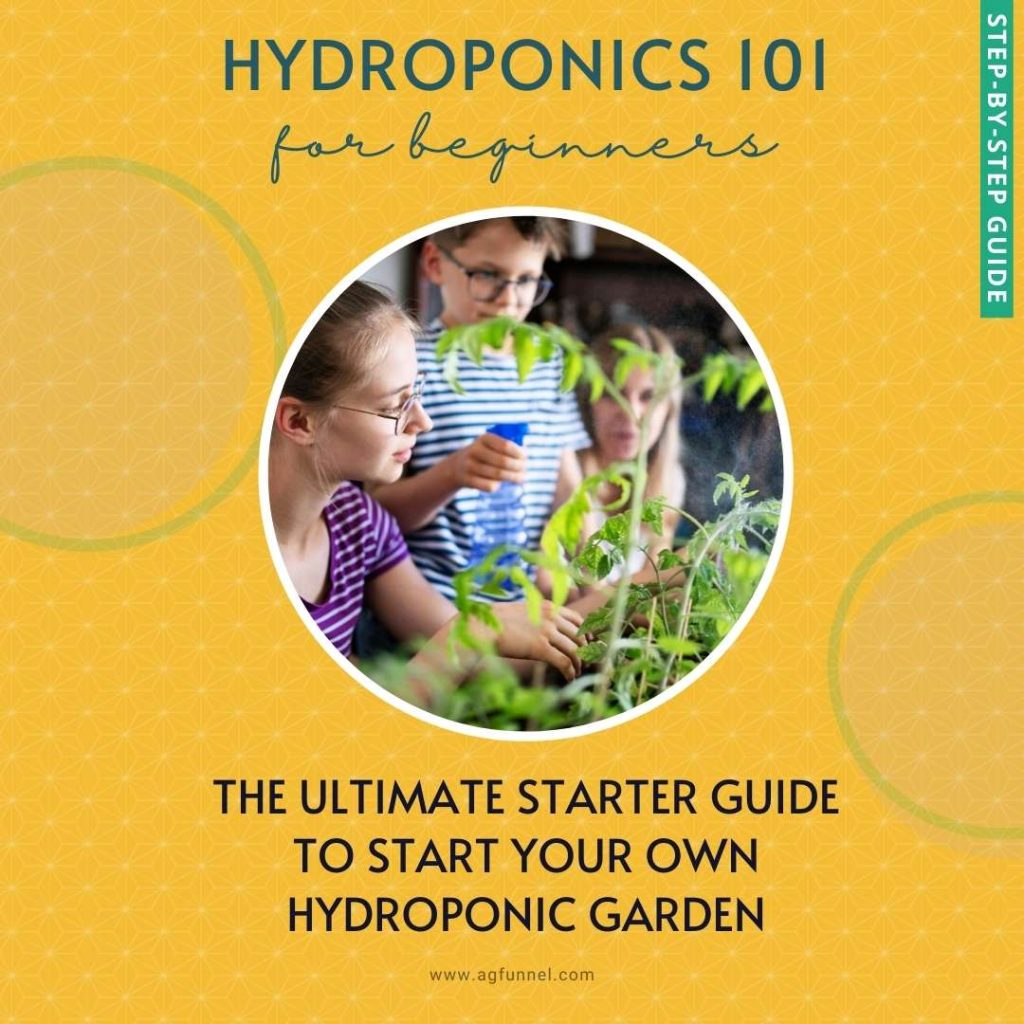
Getting Started In Hydroponics? Download our ultimate starter guide to build your own hydroponic system
15. Too Many Plants Per Square Foot (PPSF)
This could be due to overfeeding your system. Too much feeding may lead to an increase in nitrates and phosphates, leading to algal blooms. The algal blooms can harm plant growth due to their competition for light with larger leaves at or near the water surface.
Solution:
- Do not overfeed your plant.
- Manage your hydroponic garden, and do some thinning and pruning!
16. Too Many Leaves On Top (TOM)
If you are experiencing too much leaf growth on top, it may also have been caused by either overfeeding your system or an increase in nitrates and phosphates.
Solution:
- Pick up extra leaves from the plants but be careful not to pick too many leaves from the same plant at a time. That can damage the health of that plant.
17. Algae Growth
Algae growth is not as problematic to your hydroponic system, but they often help increase infestation by fungus and gnats, which is not a good sign for your hydroponics system.
Over-watering also sometimes causes algal growth on the surface of the seedlings.
Solution:
- The solution is to identify and clean algae from your system - for example, you can use copper sulfate or potassium permanganates as an algaecide.
- If that doesn't work, try adding hydrogen peroxide (H202) at 0-0-.25% concentration in water until algae growth stops; this will also help with nutrient imbalance by oxidizing the excess iron.
- Also, exposure to sunlight and improving airflow help eliminate algal growth and secondary infestations associated with algal growth.
18. Seedling Problems
New hydroponic gardeners may mostly experience a hydroponic seedling problem or hydroponic seedling dying. Some of the main reasons for seedlings' death are:-
- the substrate being too wet and rotting young seedlings
- the substrate is too dry,
- weak stems due to low light levels from long periods of darkness or high heat exposure.
.jpg)
Solution:
- Ensure that your substrate is neither too wet nor too dry and that the seedlings are not exposed to too much heat or light!
- If you want no-stress hydroponics, then start with a healthy seedling!
- Hydroponically grown plants are also more sensitive than their non-hydro counterparts because the roots are exposed. For this reason, hydroponic gardeners should be more aware and carefully handle their plants!
Read more about how to clean and maintain the hydroponic system.
FAQs
What are Aphids?
Aphids are plant pests that are common in regular gardening, in hydroponic systems, and often in plant viruses.
Chlorosis on older leaves. What to do?
A lack of Nitrogen can cause this type of chlorosis on older leaves. Nitrogen is a major component of chlorophyll, so if there is not enough Nitrogen available to the plant, it will start showing signs of deficiency. Supplement your hydroponic solution with Nitrogen.
What is senescence?
Natural senescence is the process of leaf aging and death. Check your hydroponics; if only the older leaves show chlorosis and die, this could be due to senescence. There is no solution to senescence, as this is a natural process. Remove the old senescing leaves from the plants.
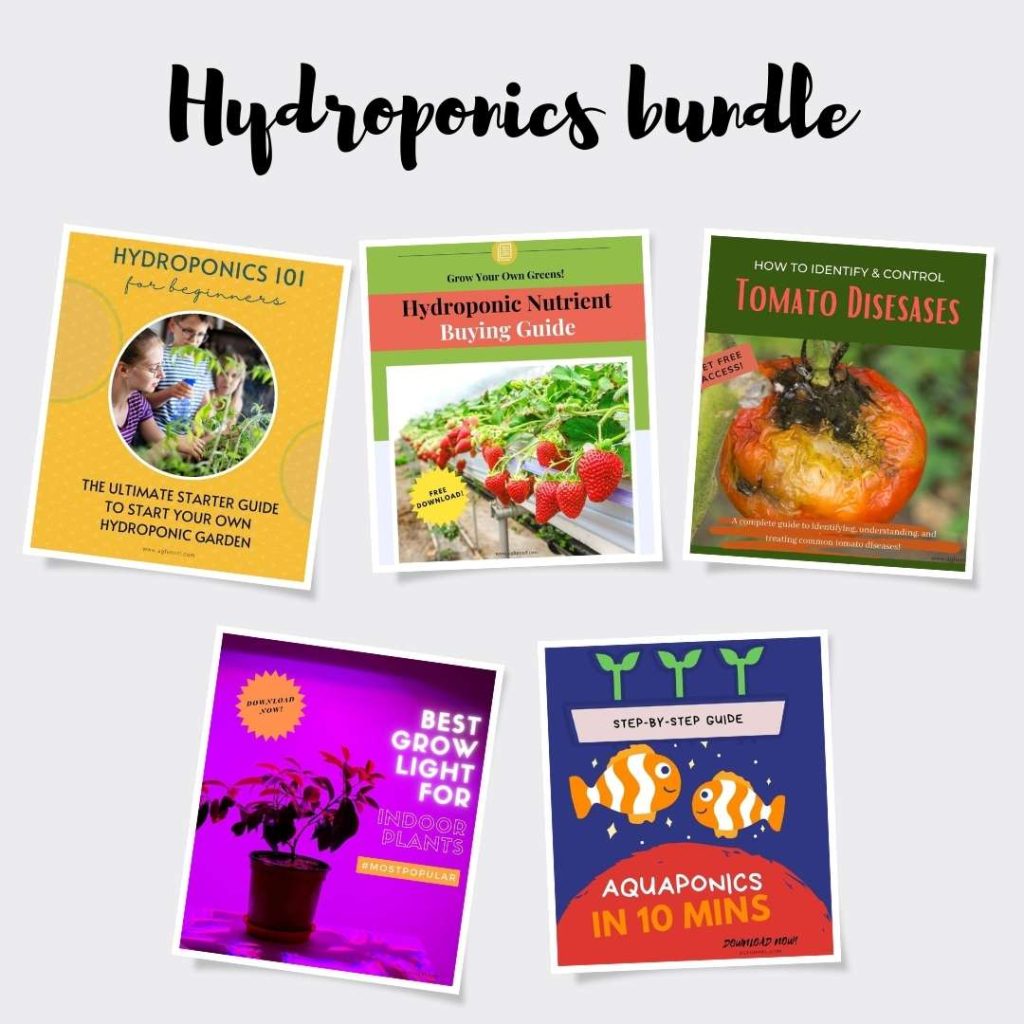
Learn everything about hydroponics, from the basics to advanced techniques.

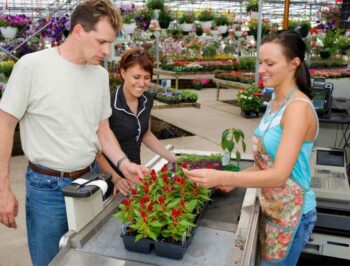
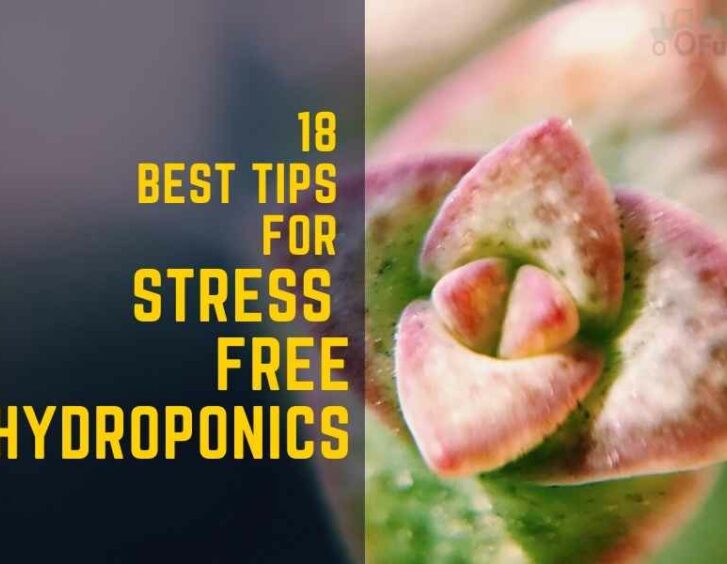







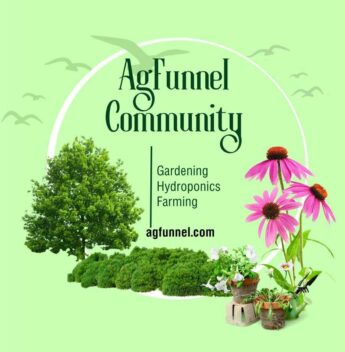
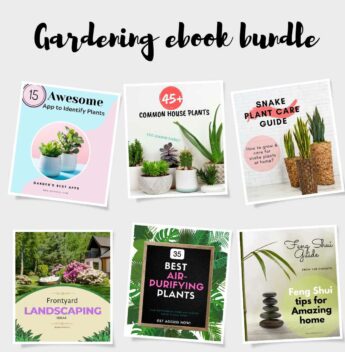
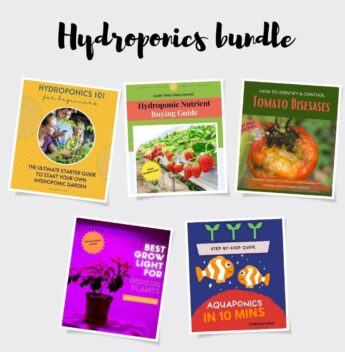

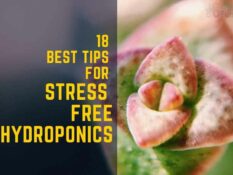
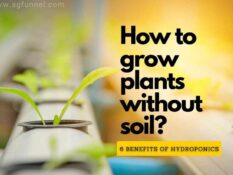
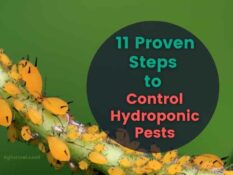
 Lalmon LLC. All rights reserved
Lalmon LLC. All rights reserved